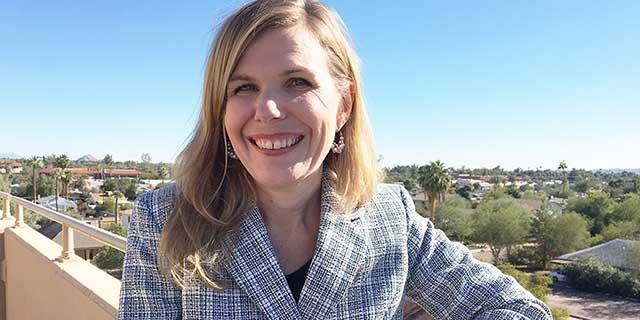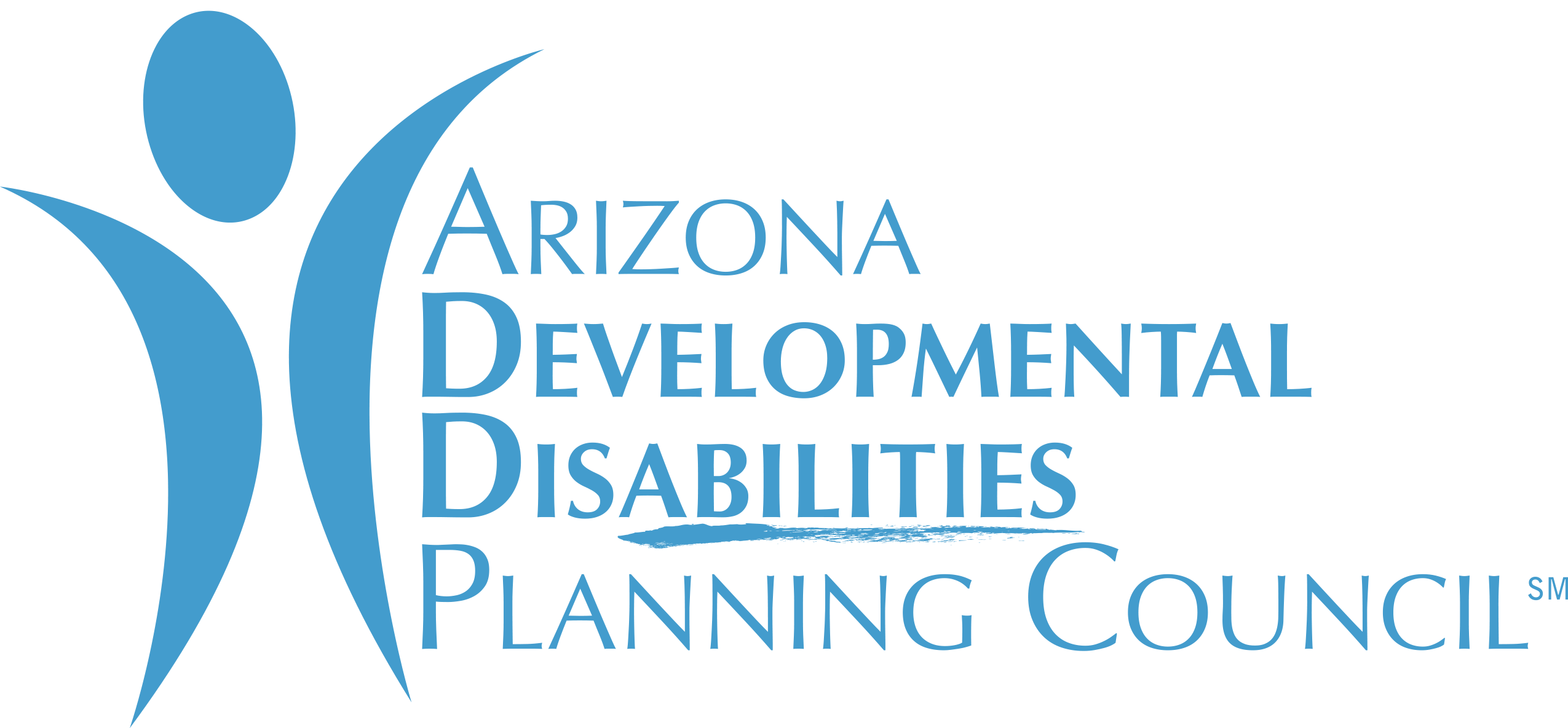Is School Choice Segregation in Disguise?

by Erica McFadden, Executive Director
The issue of school choice is very real to me. I am a parent of a 4-year-old, so my head is swimming with kindergarten options. Do I send her to our home district, a different but higher rated district or charter school for free? Or do I send her to a private school?
I realize not every family has these options. I can drive Pepper to schools across town that don’t provide transportation. I also have a laptop with instant internet access to a plethora of school information —available mainly in English. Living in an urban area, we also have an abundance of school choices simply not available in rural areas.
Perhaps the biggest factor impacting her choices: Pepper doesn’t have a disability.
The Supreme Court delivered a big unanimous victory for students with disabilities last week. The Court ruled a Colorado public school district must pay for a boy with autism’s private school tuition at a school for autism after the district set inadequate and non-progressive goals in his education. “School choice” offered a path to the boy shut out of receiving an appropriate education….but it was a limited path with very little choices.
What does this mean for Arizona – a state that already prides itself in school choice?
Outside of Washington, D.C., Arizona is home to the highest percentage of students enrolled in charter schools in the country. Choices here should be abundant. However, charter schools have been under fire over the last several years for failure to ensure equal access to children with disabilities; some effectively “push out” or refer kids to other district schools due to inadequate funding and staffing. According to 2015-2016 Arizona Department of Education (ADE) enrollment data, the average enrollment rate of students with disabilities by charter schools is approximately 8.3 percent—almost one-third lower than the district enrollment rate of 12.3 percent. Upon closer analysis, 45 percent of Arizona’s charter schools did not have any students with more significant disabilities, such as autism, intellectual or multiple disabilities.
School choice isn't guaranteed in district schools either. While enrollment rates for students with disabilities are better in districts overall, continued stories from parents reveal some districts will often strongly recommend a particular school, “because we have specially trained staff available for your child there,” regardless if it is located across town.
A look at 2015 ADE enrollment data of students with disabilities substantiates these claims. There can be significant variance in the enrollment rates of students with disabilities between schools within a district. In the case of the largest Arizona school district, Mesa Public Schools, enrollment rates for students with disabilities between schools fluctuate anywhere between 3 to 87 percent – the average enrollment rate is 13.9 percent. Many districts operate schools or alternative schools specifically targeted to students with disabilities.
Moreover, some parents use Empowerment Scholarship Accounts (ESAs) for their children. These publicly-funded, parent-controlled accounts are set up for the purpose of purchasing education services through private providers and tutors, including private school tuition.
While private schools in Arizona can’t turn away anyone based on disability, these institutions don’t have to provide individualized education plans.
The bottom line: In a state that touts “school choice,” Arizona’s students with disabilities are routinely being denied access to schools. We need to recognize school choice only works when ALL students have access to great schools – otherwise, it may appear to be segregation in disguise.






